Excerpt from the EnviroReporter.com exposé Brandeis-Bardin’s Toxic Denial:
The flowing Brandeis-Bardin water seems to be connected to an artesian groundwater well or pipe running down the ravine from Area IV above, or both. The water makes it way past signs stating, “WARNING – DO NOT DRINK OR USE THIS WATER” and “NO HIKING BEYOND THIS POINT” into Meier Canyon Creek which flows intermittently through Brandeis-Bardin in rainy seasons or during significant precipitation events.
Pu-239/240 was found considerably higher in the Brandeis-Bardin dirt tested than the highest sample analyzed in the EPA’s 2012 radiation soil testing report in Area IV. A potent radionuclide with a half-life of 24,110 years, Pu-239/240 was collected and tested in a 2004 Brandeis-Bardin soils report completed in 2005 by STL Richland. Both soil samples had higher Pu-239/240 than found in Area IV soils.
The peak 2004 Pu-239/240 sample exceeded its BTV by 55.2 percent. This extremely toxic, cancer-causing radioisotope produced during a nuclear reaction was precisely 21.6 percent higher than the “Maximum Value Detected” (MDV) for the radionuclide found in Area IV. Extraordinarily, the Brandeis-Bardin sample tested hotter than DOE’s complex higher up the hill in the sample’s two tests. This troubling reading may indicate that Rocketdyne contamination has been on the move and headed towards Brandeis-Bardin.
One theoretical estimate from the Department of Physics and Astronomy from the University of Pittsburgh says two million cancers would be the result one pound of plutonium being inhaled by people. This nuclear reactor byproduct has been called one of the most toxic substances on the planet due to its lethality and use in nuclear weapons. Plus it hangs around for a very long time.
24 Years of Award-Winning SSFL/Rocketdyne Reporting
June 1998 – June 2022
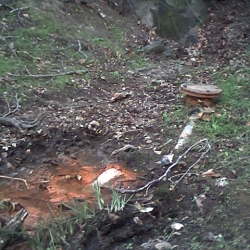
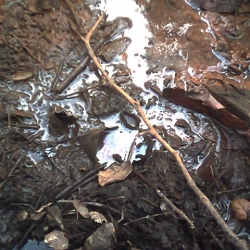
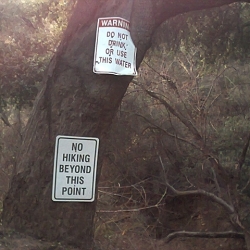
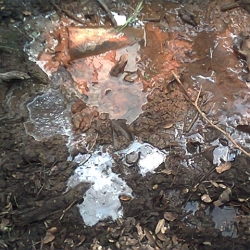
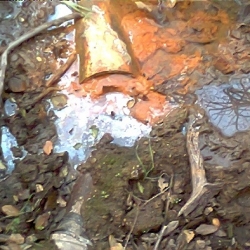
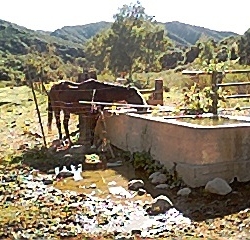
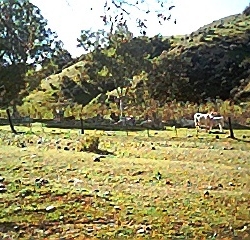
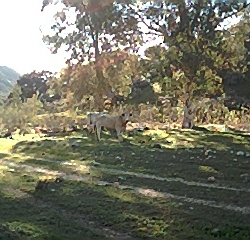
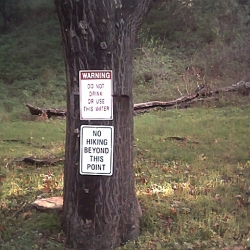
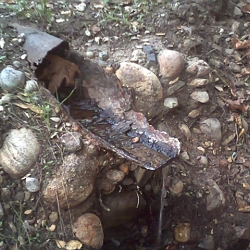
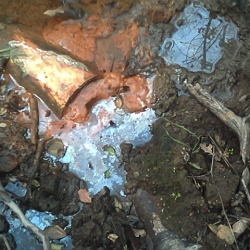
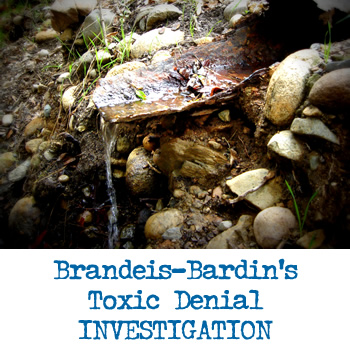












Recent Comments